
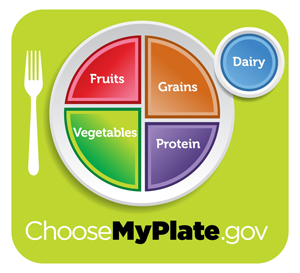

Odometer (distance)
Tachometer (RPMs)
Pedometer
Activity monitor
24 hour recall
Food frequency questionnaire
Bioelectrical impedance analyzer
| Put simply, the energy balance equation is energy expenditure - energy intake = weight loss/gain. There are several tools that can help measure how much you exercise, and how much weight you have gained or lost, but virtually no tools that can automatically measure how much you eat. |
 |
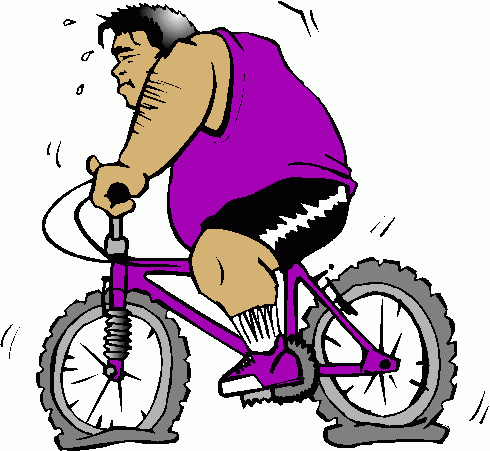 |
 |
| Tachometers and clocks measure pace and time | They provide rough estimates of distance, veloctiy, and calories burned | Commonly used in exercise equipment |
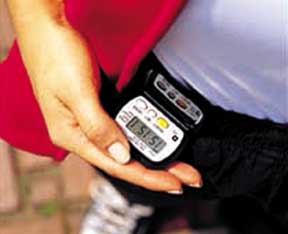 |
 |
 |
| A pedometer is worn on the waist | Measures steps, e.g. during exercise | Can be worn all day, used anywhere |
 |
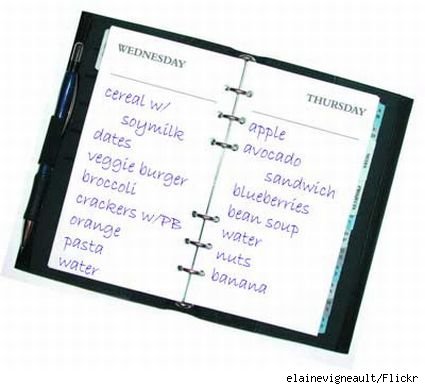 |
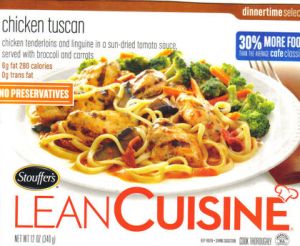 |
| Counting calories | Calorie or food diary | Pre-packaged foods and serving sizes |
| None of these are easy to use consistently over long periods of time. |
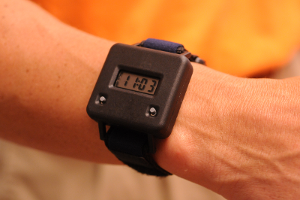 |
 |
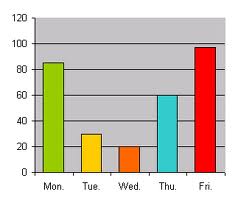 |
| Worn like a watch | Automatically tracks how many bites of food have been taken | Can provide custom-set alarm to tell user when to stop eating, and can store time-stamped log of meal data for long-term analysis |
| The bite counter is a tool, not a diet. It can be used with any diet or exercise plan, helping provide more accurate measurements about how much the user actually eats. The key with any plan is to stick to it day after day, week after week. While many tools exist to help us measure exercise done each day, and to measure weight each day, there is a need for new tools to help us measure how much we eat each day. |
 |
 |
 |
| Objective: No guessing, or thinking back over a day to total consumption | Automated: You can be doing other things (talking with friends, working, watching TV, etc.); the device does all the counting | Real-time feedback: The device can give you cues to stop eating before you have consumed more than you intended |
Bite Counter Concept Page / Clemson / ahoover@clemson.edu